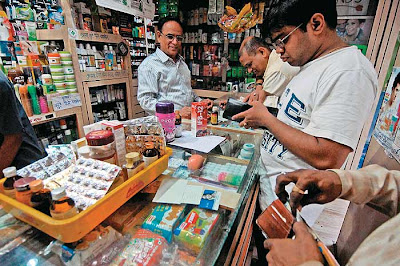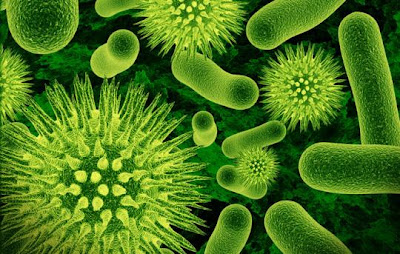 |
| Image Source: davitadiets.wordpress.com |
One argument for the necessity of multivitamins can be summarized by the old adage, it is better to be safe than sorry Although medicine has progressed to a point where there is an available cure for virtually every common infection, parasites, bacteria, and strains of viruses still manage to evolve and spread. Vaccines are not always developed in time. With the constant threat of infection, adults are better off spending a few dollars on a bottle of vitamins than hundreds or thousands on hospital bills.
 |
| Image Source: cbsnews.com |
The counterargument is that, despite possibly preventing disease, multivitamins do not protect against heart attack and stroke– two considerably more pressing conditions which most adults would rather prevent. When the cost that would go to purchasing multivitamins could instead go to preventing death by heart failure, the choice is clear.
 |
| Image Source: gandgvitamins.wordpress.com |
Whether or not multivitamins are necessary is completely up to the person taking them. An unhealthy lifestyle, such as one with little sleep, can cause the immune system to seek a boost. In any case, before deciding to take multivitamins, one must always first consult a doctor.
Some adults refuse to take pill vitamins because of myths about kidney damage. Licensed nephrologist Paul Frymoyer, M.D., has guidelines about eating and living for a healthy kidney provided on this website.














